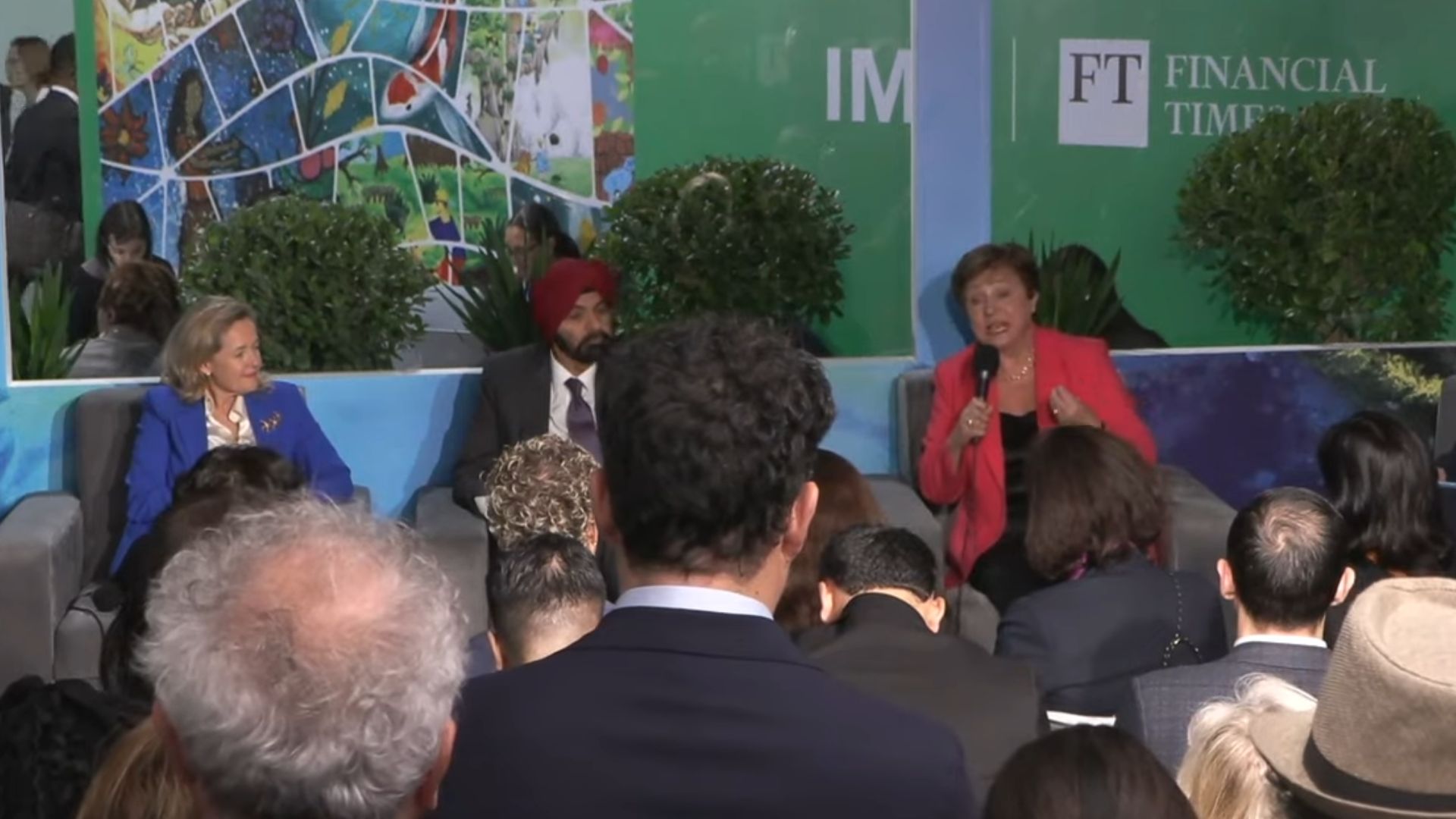WASHINGTON (Diya TV) — The International Monetary Fund (IMF) has revised India’s economic growth forecast for the current fiscal year, lowering it to 6.2% from 6.5% due to escalating global trade tensions and uncertainty surrounding U.S. trade policies.
In its World Economic Outlook report released Tuesday, the IMF highlighted that India’s growth rate for the fiscal year beginning April 1, 2025, has been impacted by the heightened risks of global trade disruption, particularly as a result of U.S. tariffs. Despite the downward revision, the IMF noted that India’s economic outlook remains relatively stable, underpinned by strong private consumption, especially in rural areas. The IMF also revised India’s growth projection for the following fiscal year (FY27) to 6.3%, down from 6.5%.
The IMF’s Chief Economist, Pierre-Olivier Gourinchas, explained that the global economic system is undergoing significant shifts, with U.S. tariff rates at their highest levels in over a century. “We are entering a new era as the global economic system that has operated for the last eighty years is being reset,” he said during a briefing. He further emphasized that policy uncertainty, exacerbated by abrupt tariff increases, is a major factor influencing the IMF’s growth outlook.
The IMF also pointed to global growth projections for 2025, now set at 2.8%, marking a reduction from its January forecast of 3.3%. This is reflective of the broader impact of U.S. tariffs on global supply chains, trade, and inflation, particularly in countries like China and the U.S., which have been directly affected by these measures. While the IMF has not predicted a global recession, it raised the risk of a downturn this year from 17% to 30%. Additionally, the IMF revised global inflation upward by 0.1 percentage points, citing the ongoing trade tensions.
India’s inflation is projected to be 4.2% in FY26, easing slightly to 4.1% in FY27, as consumer prices are expected to stabilize despite global volatility. For comparison, China’s GDP growth has been downgraded to 4% for 2025, down from 4.6%, while the U.S. growth forecast has been trimmed to 1.8% from 2.7%. The IMF also noted that emerging markets and low-income countries will face mounting challenges, particularly as developed economies cut back on development assistance.
Countries directly impacted by U.S. tariffs, such as China and the U.S., are expected to see the most significant disruptions. However, the IMF warned that nations in Asia and Europe will also feel the medium-term impact, with policy uncertainty and shifting tariffs exacerbating global economic volatility.
Despite these challenges, India’s relatively stable consumption-driven growth stands out among both emerging and advanced economies. With strong rural consumption bolstering the economy, India remains one of the brighter spots in the global economic landscape. The IMF’s forecast of 6.2% growth for FY26 remains the highest among major emerging economies, reaffirming India’s resilience amid the global uncertainty.
While the IMF cautioned that risks to growth remain elevated, it also suggested that a de-escalation of current tariff levels, coupled with new international agreements that bring stability, could help boost global economic growth. “Even if some of the grievances against our trading system have merit, we should all work towards fixing the system so that it can deliver better opportunities to all,” Gourinchas said.




